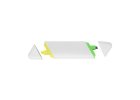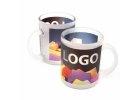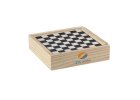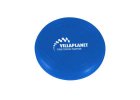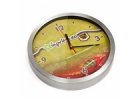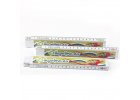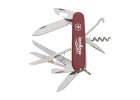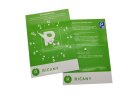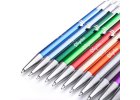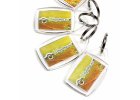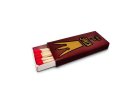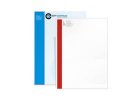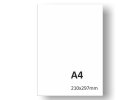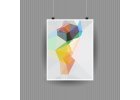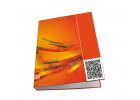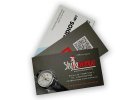Digital print
What is Digital Printing and Its Advantages:
Digital printing is a modern printing technology that uses digital image files to create printed materials without the need for traditional printing plates or templates. This technology involves printing from digital sources such as computers or digital devices directly onto various printing media. It is an optimal choice for printing variations of business cards with different designs or for smaller print runs.
Advantages of Digital Printing
- Speed and Efficiency:
- Fast Setup: Digital printing eliminates the need for plate or film production, which significantly speeds up the production process.
- Quick Turnaround: The simplified process allows for faster delivery times, which is ideal for urgent projects.
- Flexibility and Customization:
- Personalization: Digital printing allows for easy customization and personalization of print materials, such as for individual marketing campaigns or personalized materials.
- Short Runs: It is cost-effective for short runs or small quantities because there are no setup costs like those in traditional printing methods.
- High Print Quality:
- Detailed Printing: Modern digital printers provide high print quality with fine details and vibrant colors.
- Consistency: Digital printing ensures consistent quality across prints with minimal variations between copies.
- Lower Waste:
- Efficient Use of Materials: Digital printing produces less waste as there are no large plates or screens that need to be discarded.
- On-Demand Printing: On-demand printing options reduce the risk of overproduction and excess inventory.
- Ability to Print on Various Materials:
- Wide Range of Media: Digital printers can work with various substrates including paper, plastic, metal, and fabric, expanding the possibilities for use.
- Easy Maintenance and Adjustments:
- Design Adjustments: Changes in design can be made quickly and easily without the need to redo or start from scratch.
- Lower Maintenance Costs: Digital printers typically require less maintenance than traditional offset printers.
Uses of Digital Printing
Digital printing is commonly used for:
- Marketing Materials: flyers, brochures, posters
- Packaging: small runs and personalized packaging
- Images and Photographs: high-quality reproductions and personal photos
- Textiles: printing on fabric for personalized clothing or promotional textiles
Digital printing is thus a versatile and efficient printing method, ideal for modern demands of speed, flexibility, and customization.


